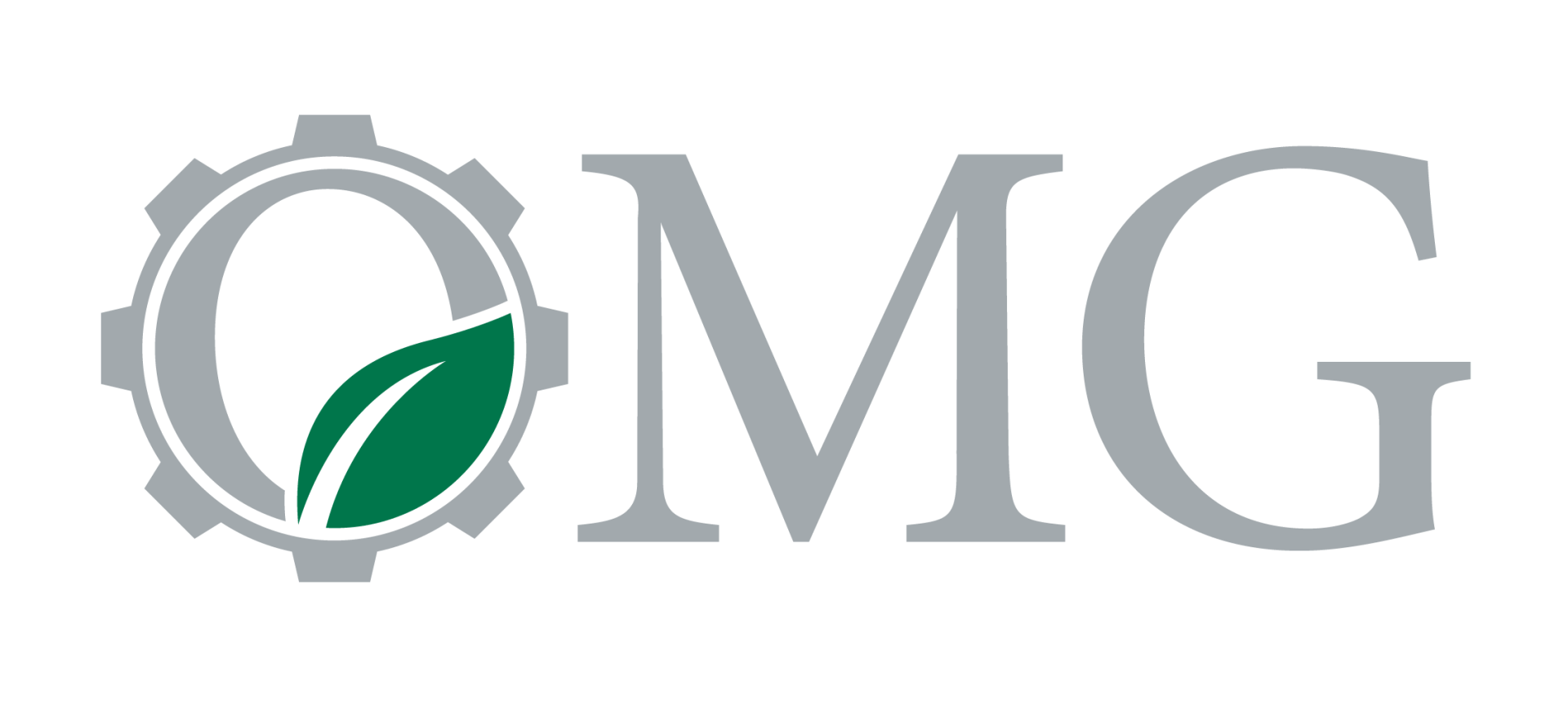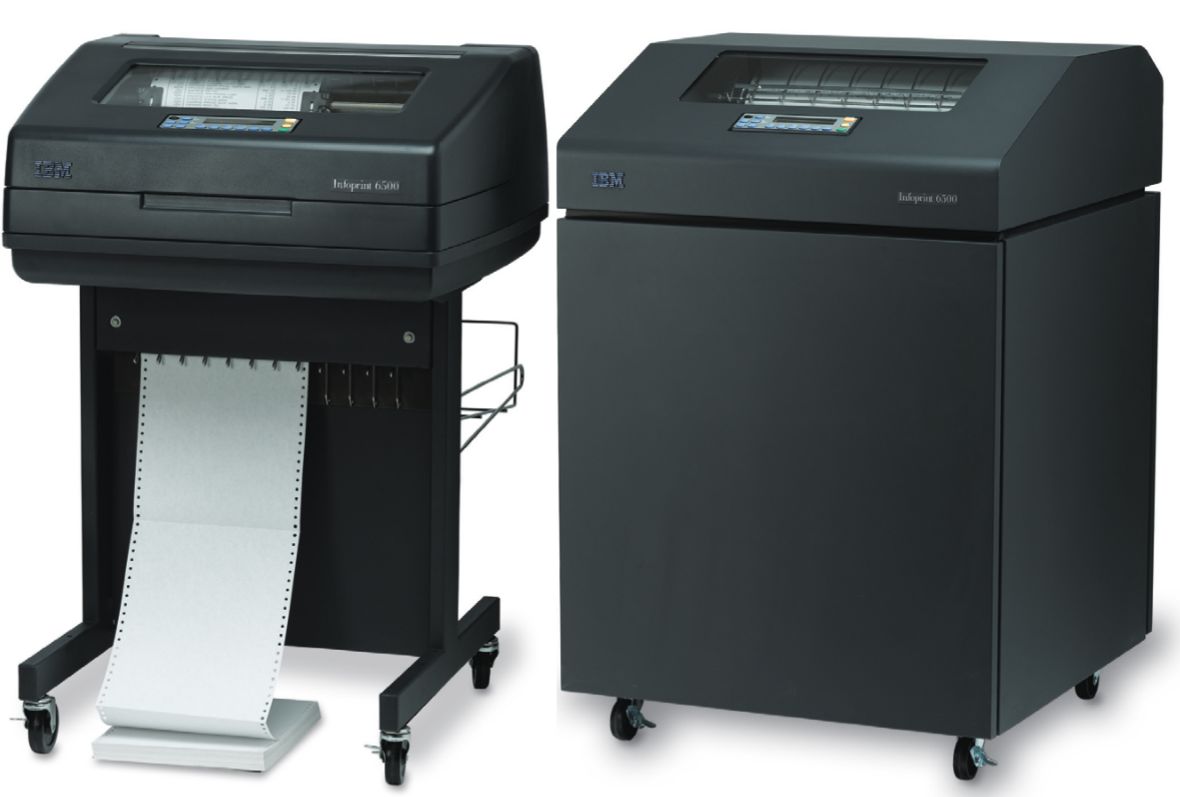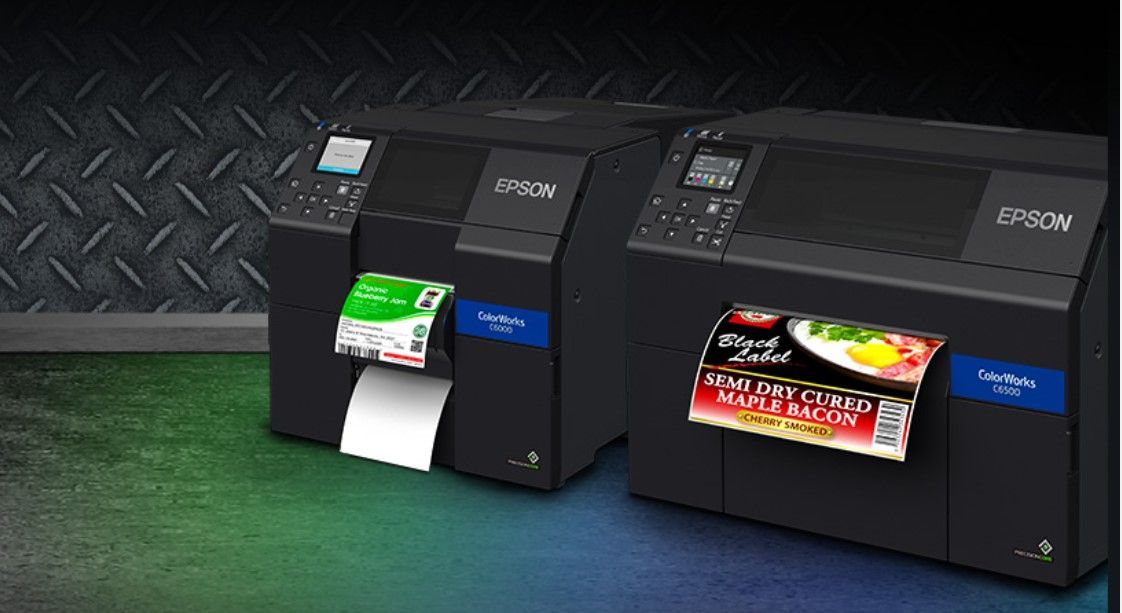The End of Downtime: How Predictive Services Could Save Businesses Billions
Ending downtime is critical for efficient and seamless operations.
By Phil Carter, Director of IoT and Managed Print Services, Lexmark

Downtime is a danger that all businesses face. If ignored, it can cause serious disruption and damage to an organization’s operations, especially during a time when consistency and continuity are mission critical.
Whether it’s through human error or device-related glitches, research shows that a staggering 82% of business experienced at least one unplanned downtime incident during the past three years.
In manufacturing, the statistic is even bleaker, with companies suffering from 800 hours of equipment-related downtime annually – amounting to more than 15 hours per week. The knock-on effects are monumental, with unplanned downtime costing manufacturers as much as $50 billion annually.
Unplanned downtime has perhaps become a matter of course for many companies. They accept that it happens – even allocating funds with it in mind – mainly because they don’t have the time, resources or budget to deal with it.
Only 15% of organizations possess predictive service capabilities
However, this doesn’t have to be the case. Many forward-thinking businesses are looking at innovative ways to reduce, or even eliminate, unplanned downtime. Powered by IoT and big data analytics, predictive service allows businesses to predict downtime-related issues ahead of time – making automated changes almost instantaneously, often before a customer realizes the issue.
Despite the availability and accessibility, research from IDC indicates only 15% of organizations possess predictive service capabilities. Clearly, there is an untapped opportunity for brands looking to reduce downtime and enjoy the ripple effects, which include:
- Greater productivity
- Better cost effectiveness
- Higher customer retention rates
- More sustainable business approach
One step beyond: Predictive service vs. predictive maintenance
First and foremost, it is important to draw clear distinctions between predictive service and predictive maintenance. Predictive maintenance remains an important part of an organization’s business operations – allowing businesses to monitor the state of specific equipment and perform proactive maintenance before a module in the equipment wears out. Predictive service goes one step beyond predictive maintenance by algorithmically foreseeing device issues and enabling companies to take preemptive action before an end customer even realizes a problem exists. That’s because the widespread application of IoT, coupled with new machine learning capabilities, has revolutionized how companies monitor and maintain equipment – enabling teams to use and analyze data in real-time. These insights are the lifeblood of predictive service because they allow organizations to intelligently respond to potential issues.
Sensor-level IoT data: Predictive service in action
A fluid combination of sensor-level IoT data and machine learning represents the ultimate recipe for success when it comes to predictive service. Lexmark printers are designed from the ground up with over 500 sensor data points. They seamlessly connect to our cloud-based support system, which uses machine learning algorithms applied to that proprietary sensor data. Those algorithms automatically create service tickets to initiate proactive action. As a result, Lexmark facilitates 25% of service requests automatically before the customer encounters an issue and calls the help desk. Since support agents are armed with specific device information before they pick up the phone, total call time also is reduced by up to 50%, while 70% of needs are addressed remotely without dispatching an engineer.
Let’s examine one example. Sometimes, print cartridges can melt together and solidify if they are stored in an environmental extreme outside their operating range. It is often difficult to determine when this occurs, as the primary symptom of this print quality problem could have many root causes. Since all Lexmark devices are equipped with sensors that monitor performance in real-time, we can create predictive models that capture what represents a properly or improperly functioning system.
In this instance, we look at cartridge paddle motor torque, which monitors how hard it needs to turn the metering paddle in the cartridge. If our system detects a pattern where the torque spikes and then plummets to zero, we know that the paddle is trying very hard to turn but is unable to, resulting in it breaking and spinning freely because the print cartridge has melted.
With this valuable insight, we automatically dispatch new cartridges to customers, as soon as our analytics engine and algorithms detect this issue – all before the customer even notices a print quality problem.
This means the customer suffers from zero downtime, with minimal input on their part. It represents a whole new level for customer experience and service.
Predictive service success: End-to-end support and domain expertise
With higher uptime afforded by predictive service, businesses can prioritize what matters most: increasing their operational effectiveness, profitability and the customer experience.
The only way to get there is to partner with a company who owns the end-to-end IoT technology and intellectual property stack. In print, this covers everything from core print engine to device firmware, integration, software, back-end cloud platform and analytics as well as the supporting advanced device management and engineering support service. If any breakdown takes place in that chain, true predictive service simply cannot be realized.
There are many close parallels between the print technology space, with its IoT enabled electro-mechanical devices supported by a global cloud system, to many other business critical device ecosystems. As such, we can offer our system and consulting expertise outside of print. Other manufacturers of connected devices can benefit from using predictive service with their own end customers. Powerful business outcomes are easily in sight when you possess the right tools and expertise to successfully evolve from proactive to truly predictive.
Phil Carter is director of IoT and managed services at Lexmark, focusing on the company’s strategy, development and management for its Internet of Things (IoT) and managed services businesses. Since joining Lexmark in 1998, Carter has held leadership roles across the company, including in R&D and global services, where he led teams that developed Lexmark’s predictive service and data analytics capabilities; manufacturing and product engineering; supply chain; and cross-functional product delivery. He holds a bachelor of science degree in mechanical engineering from the University of Tennessee, Knoxville. He is also a graduate of the University of Michigan Stephen M. Ross School of Business leadership program.



OMG - Output Management Group Help Desk: 866-626-4567 email: service@outputmgroup.com


